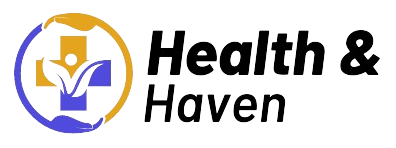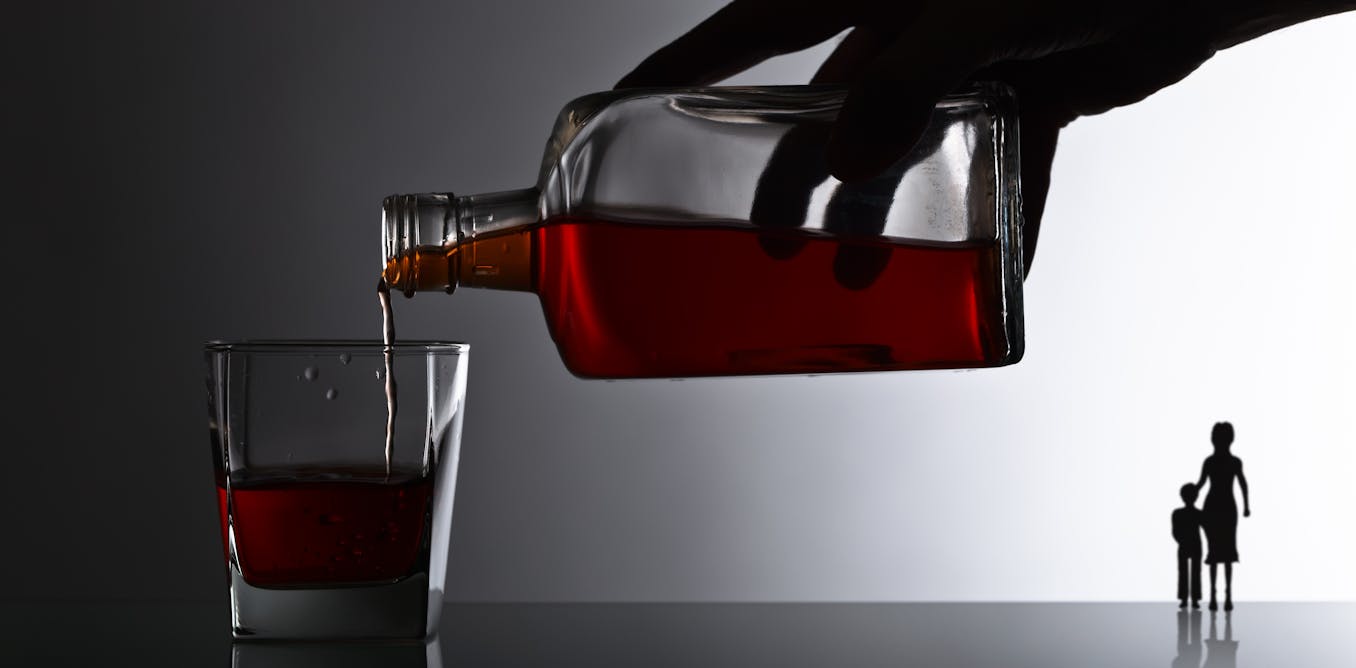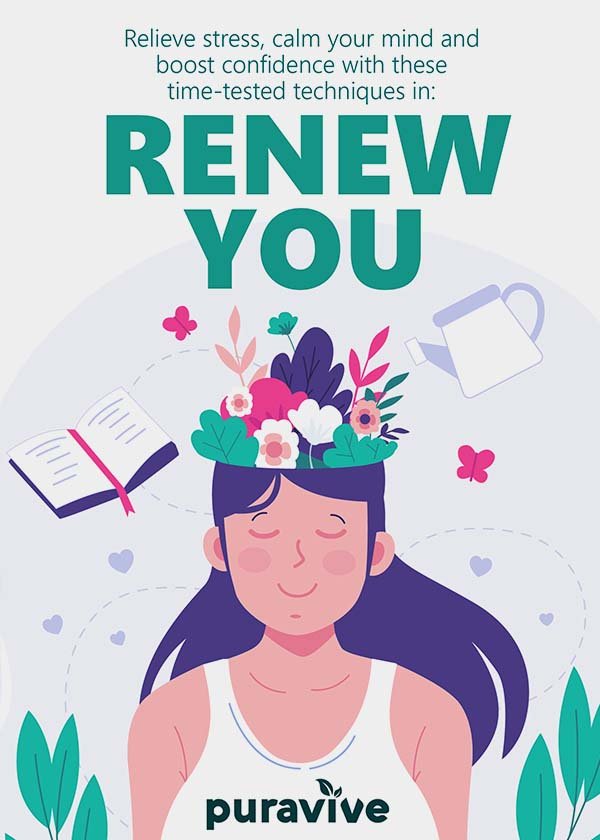Rewrite the
About 1 in 4 U.S. children – nearly 19 million – have at least one parent with substance use disorder. This includes parents who misuse alcohol, marijuana, prescription opioids or illegal drugs. Our estimate reflects an increase of over 2 million children since 2020 and an increase of 10 million from an earlier estimate using data from 2009 to 2014.
Those are the key findings from a new study my colleagues and I published in the journal JAMA Pediatrics.
To arrive at this estimate, our team used data from the National Survey on Drug Use and Health in 2023, the most recently released year of data. Nearly 57,000 people ages 12 and up responded.
Why it matters
As a researcher who studies substance use in adolescents and young adults, I know these children are at considerable risk for the disorder, and other mental health issues, such as behavioral problems and symptoms of anxiety and depression.
Substance use disorder is a psychiatric condition marked by frequent and heavy substance use. The disorder is characterized by numerous symptoms, including behaviors such as driving while intoxicated and fights with family and friends over substance use.
This disorder also affects a parent’s ability to be an attentive and loving caregiver. Children of these parents are more likely to be exposed to violence, initiate substance use at a younger age, be less prepared for school and enter the child welfare system. They are also more likely to have mental health problems both as children and as adults, and they have a much higher chance of developing a substance use disorder in adulthood.
Of the 19 million children, our study found about 3.5 million live with a parent who has multiple substance use disorders. More than 6 million have a parent with both a substance use disorder and significant symptoms of depression, anxiety or both. Alcohol is by far the most common substance used, with 12.5 million children affected.
Our 19 million estimate is significantly larger than an earlier estimate based on older data. That study, which reviewed data from 2009 to 2014, indicated that 8.7 million U.S. children – or roughly 1 in 8 – lived with a parent, or parents, with substance use disorder. That’s a difference of about 10 million children.
This happened primarily because between the time of the two studies – from 2014 to 2023 – the criteria for diagnosing someone with substance use disorder became broader and more inclusive. That change alone accounted for more than an 80% jump in the estimate of children affected by parental substance use disorder. There was also a further increase of 2 million in the number of affected children since 2020, which reflects the rising number of parents with a substance use disorder.
What’s next
There is a critical need to better identify parents with substance use disorder and the children who are affected by it. In my experience, many pediatric clinicians screen children for substance use, but they are much less likely to screen accompanying parents. So the first step is to make such screenings common and expected for both children and their adult caregivers.
But that is not the case now. The U.S. Preventive Services Task Force, an expert panel that recommends screening and prevention best practices for clinicians, does not yet recommend such a screening for children, although that could help direct those in need to treatment and prevent the worst outcomes from substance use disorder.
Additional intervention, which requires funding, is needed from federal, state and local government. This may seem fanciful in an age of scrutinized government budgets. But the alternative is a bill that comes due later: millions of adults exposed to this disorder at an early age, only to struggle decades later with their own substance use and mental health problems.
The Research Brief is a short take on interesting academic work.
in HTML format to be seo optimized related to this title
Millions of US children have parents with substance use disorder, and the consequences are staggering − new research
. Create appropriate headings and subheadings to organize the content. Ensure the rewritten content is approximately 1000 words. Ensure to strip all images from final output i dont need images.At the end of the content, include a “Conclusion” section and a well-formatted “FAQs” section.Ensure there are no additional notes and introductory text in the final output.Final output is gonna publish directly as post content so keep in mind provide only rewritten post content without any introductory text or notes in result and kindly dont explain what you done or what you provided as output of this prompt
Recommended Products:
-

EZ Melts Dissolvable Energy, Memory & Mood Enhancer, Blend of B-Vitamins, Sugar-Free, 2-Month Supply
$17.99 Buy Now -

Advanced Brain – Fast Acting – Ingredients Supported by 100+ Studies – Improve Memory, Recall – Concentration – Clears Fog – Mental Clarity – Slows Cognitive Decline – 60 Count
$59.95 Buy Now -

Brain Supplements for Memory and Focus, Nootropic Support for Concentration, Clarity, Energy, Brain Health with Bacopa, Cognitive Vitamins, Phosphatidylserine, DMAE, Brain Booster – 120 Capsules
$17.22 Buy Now



